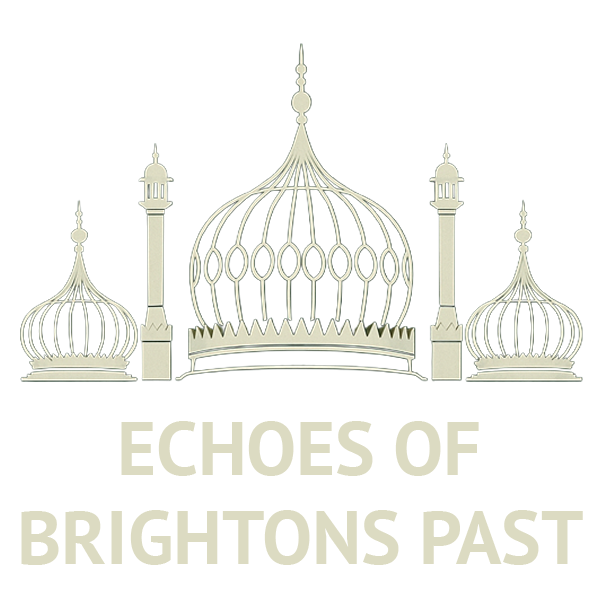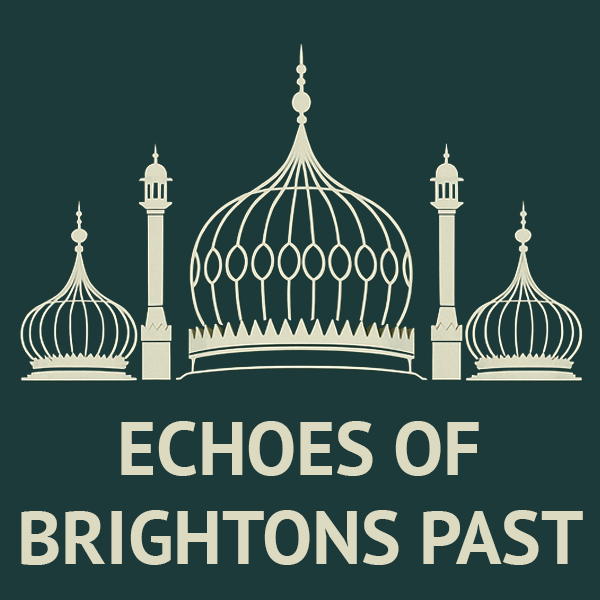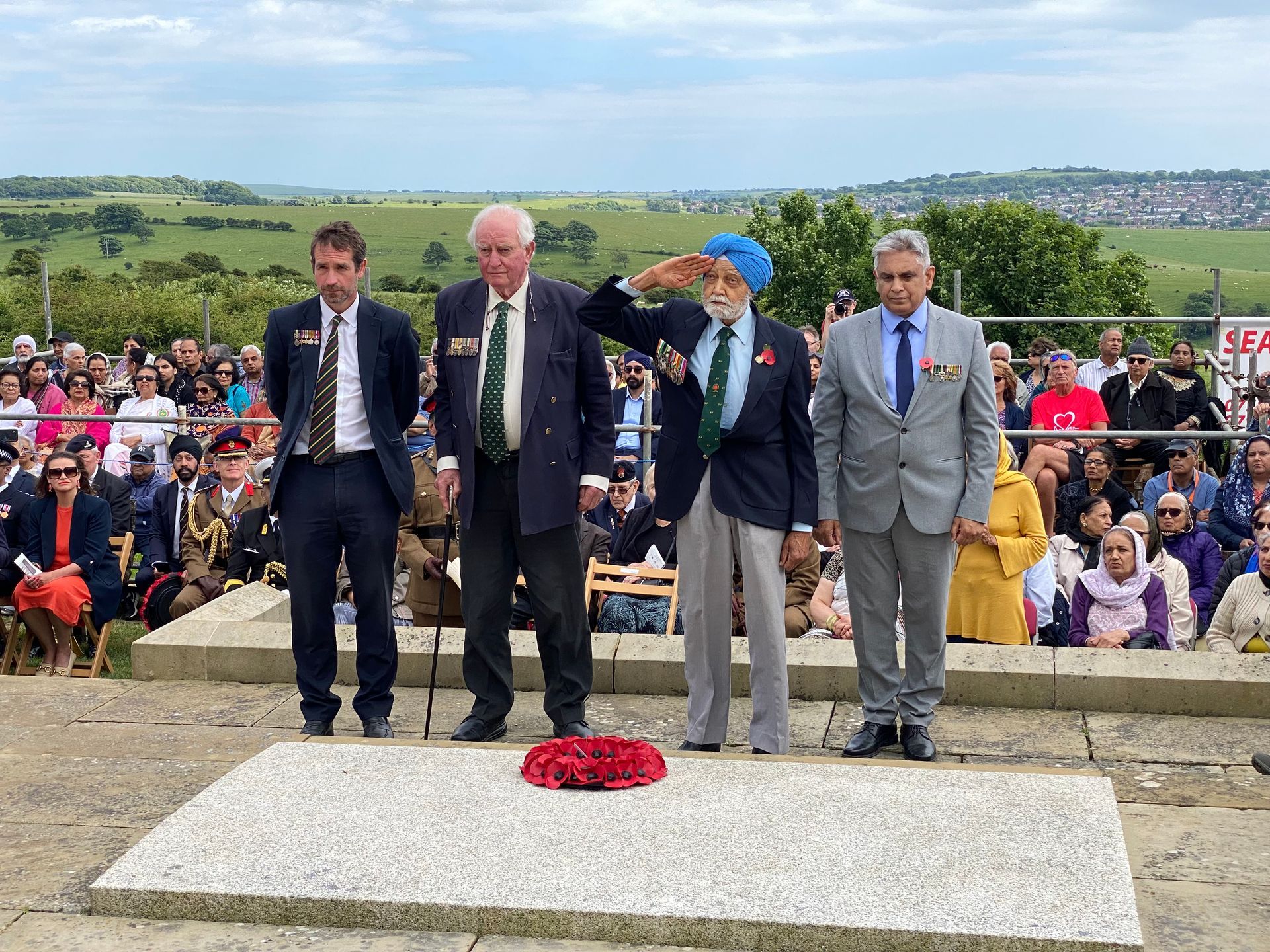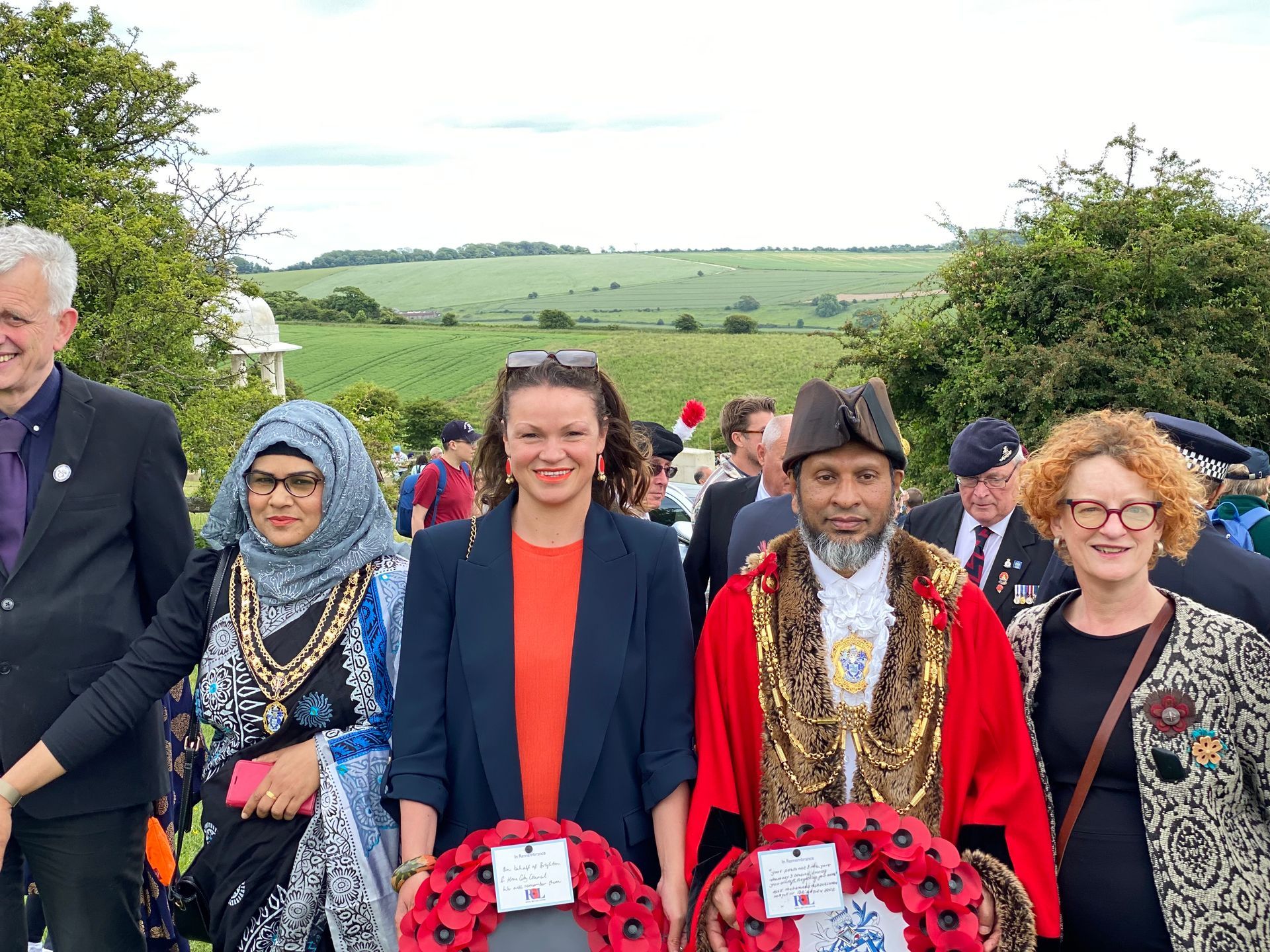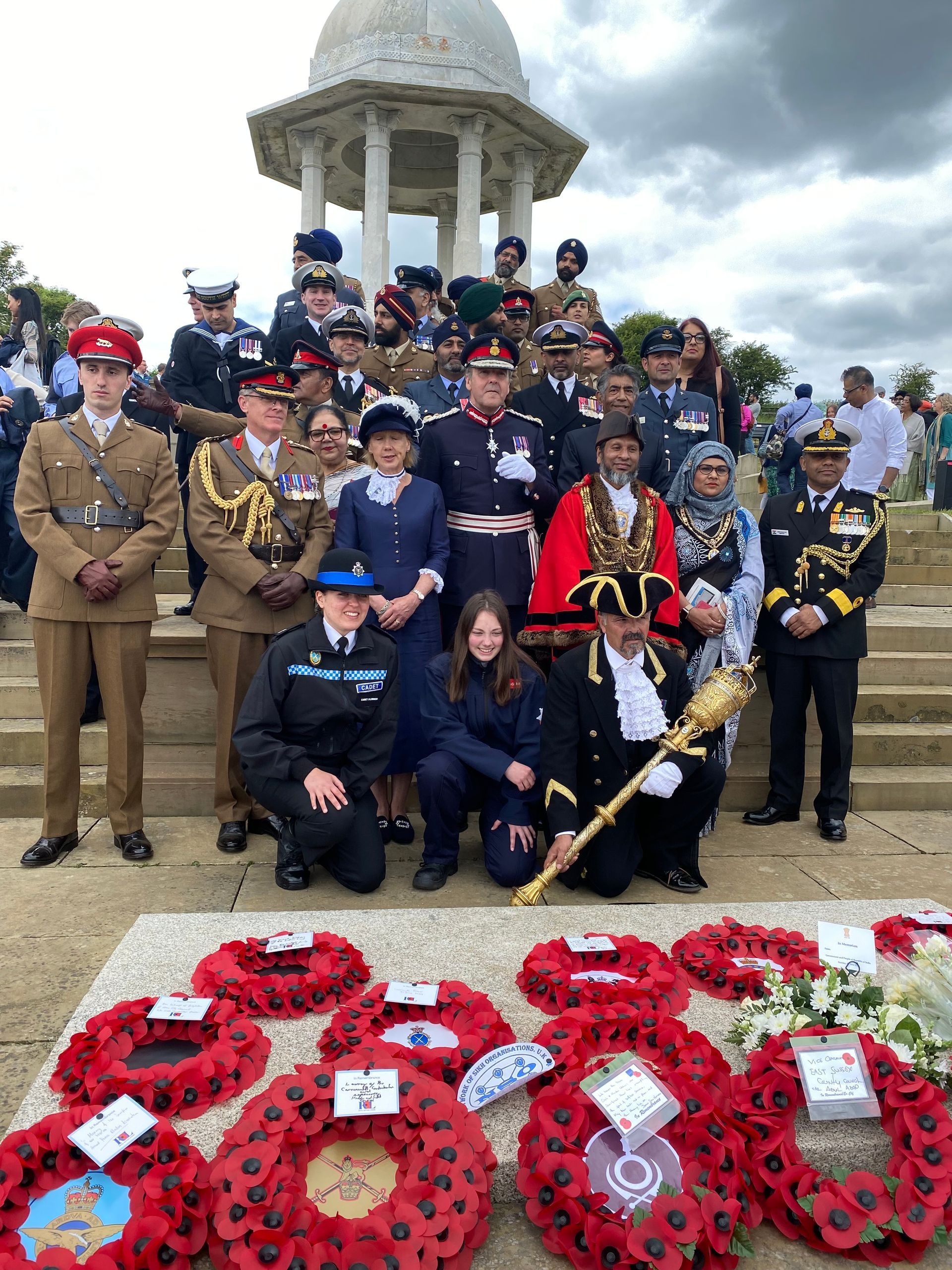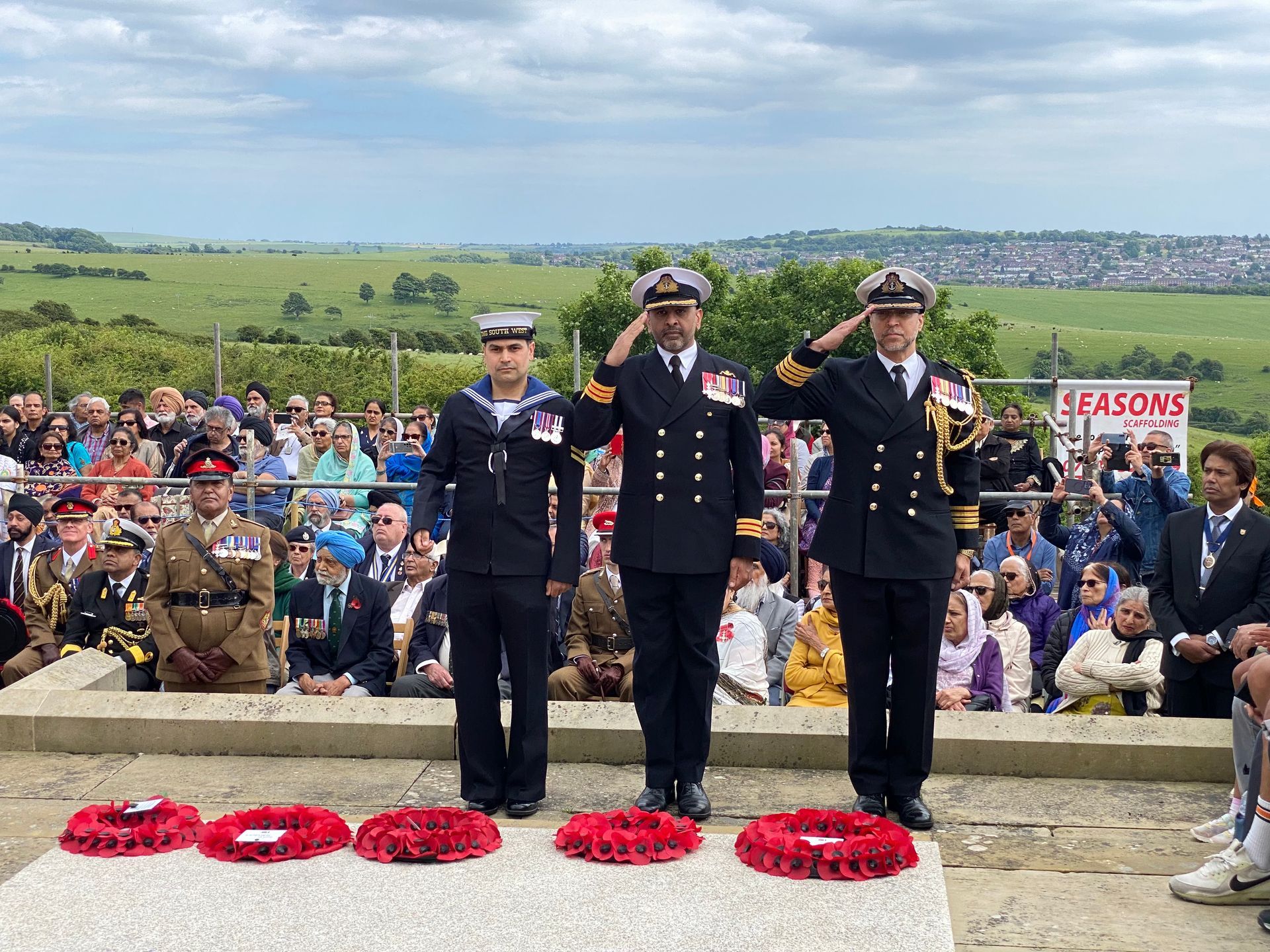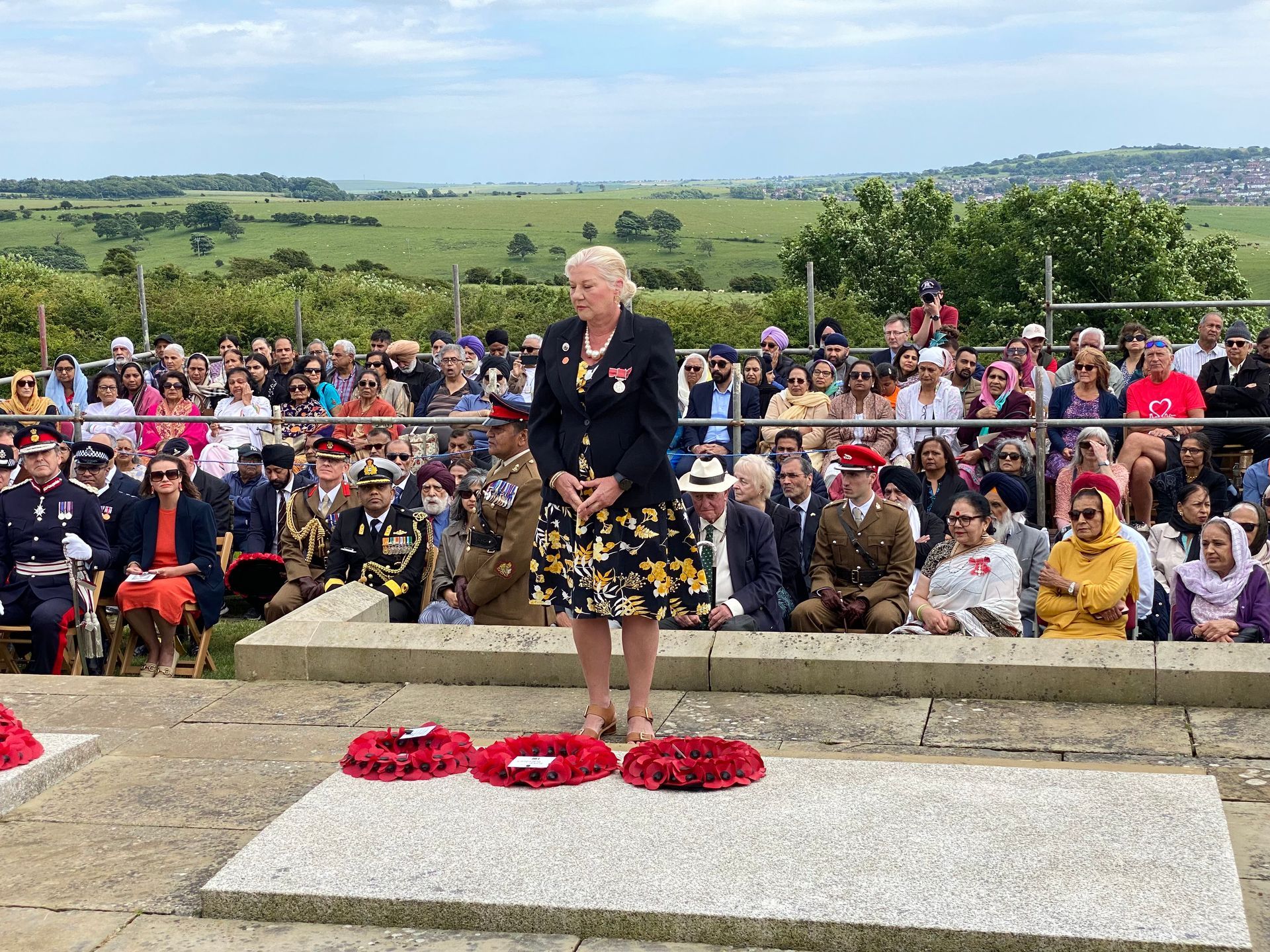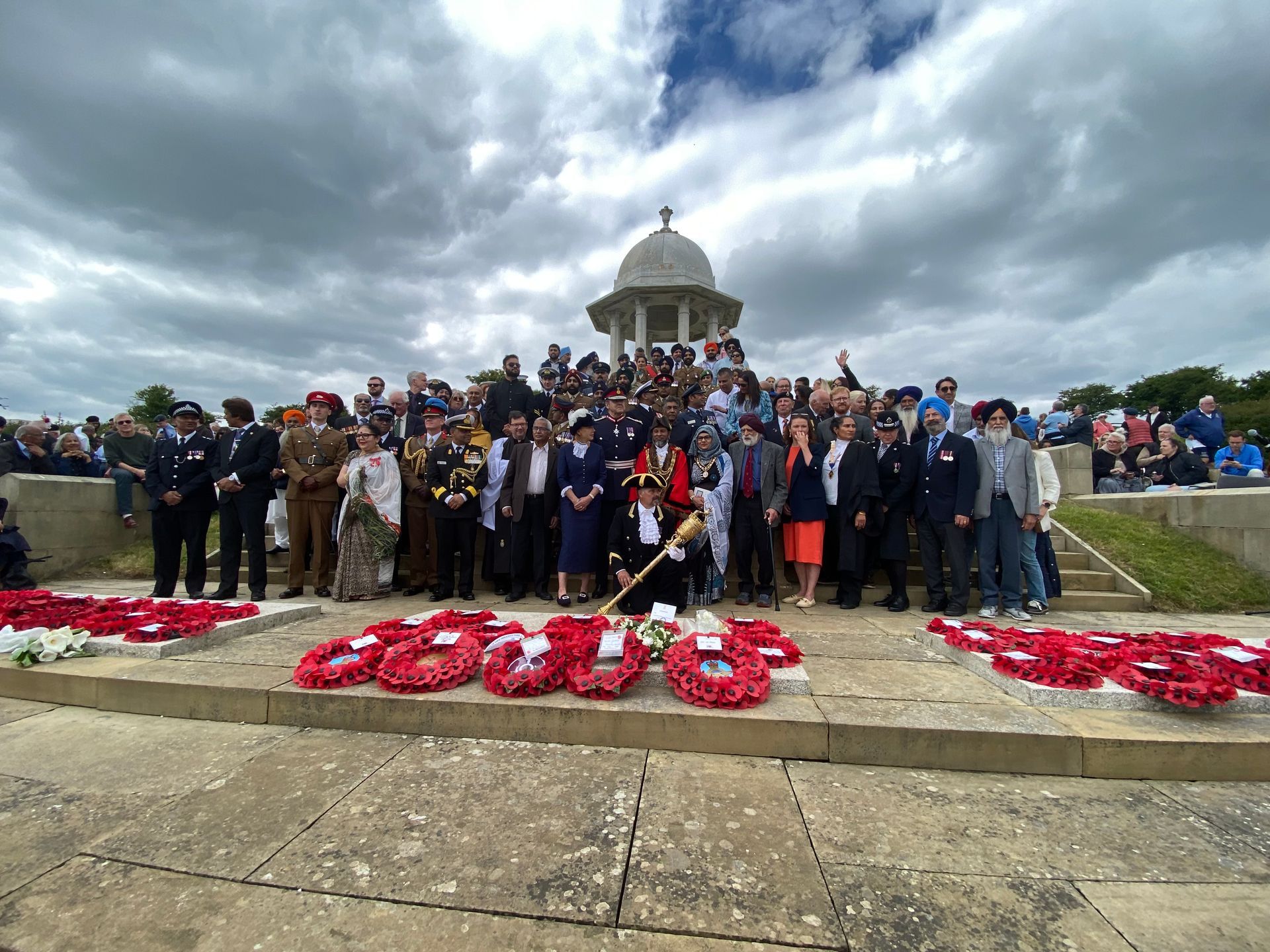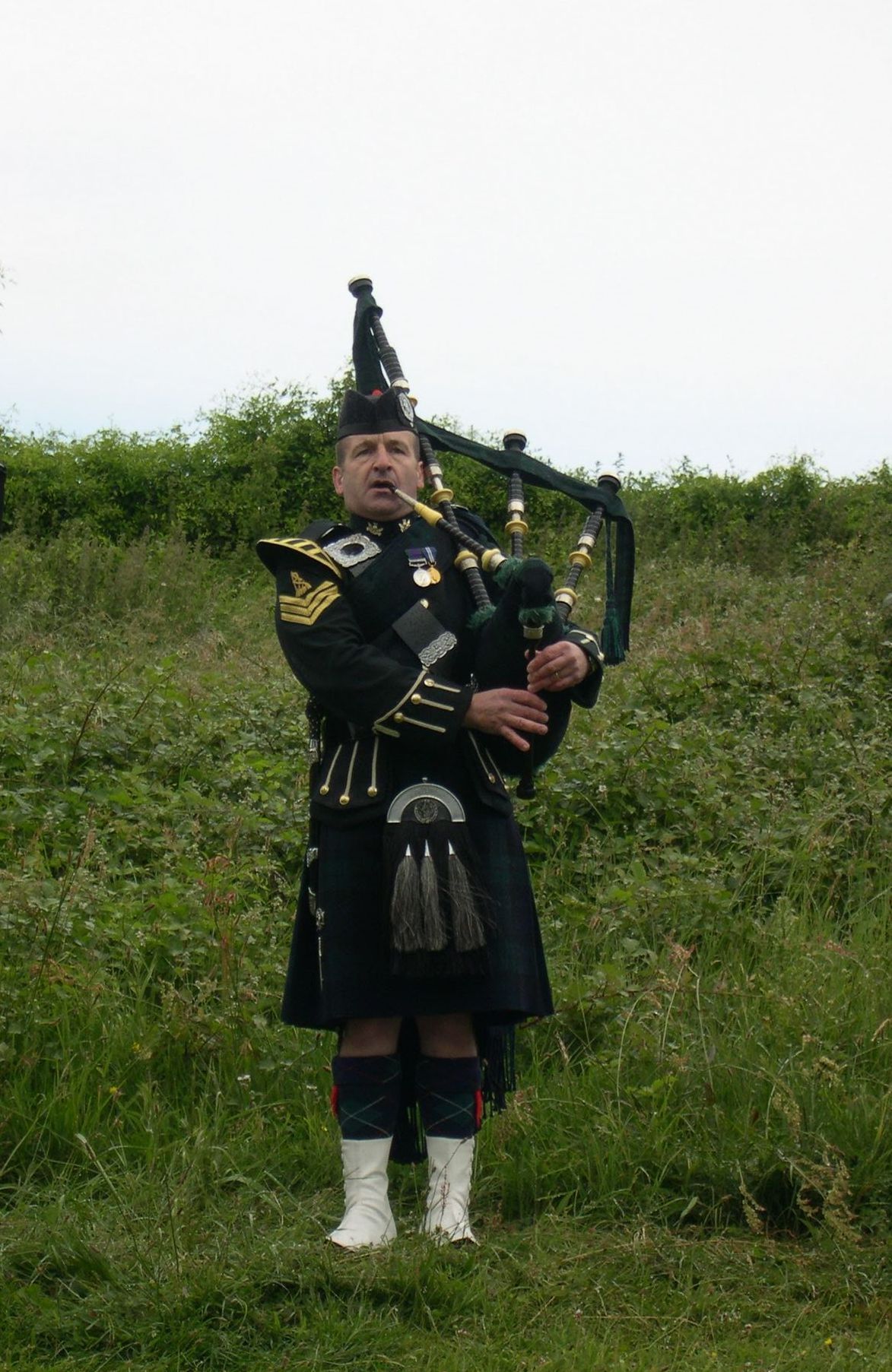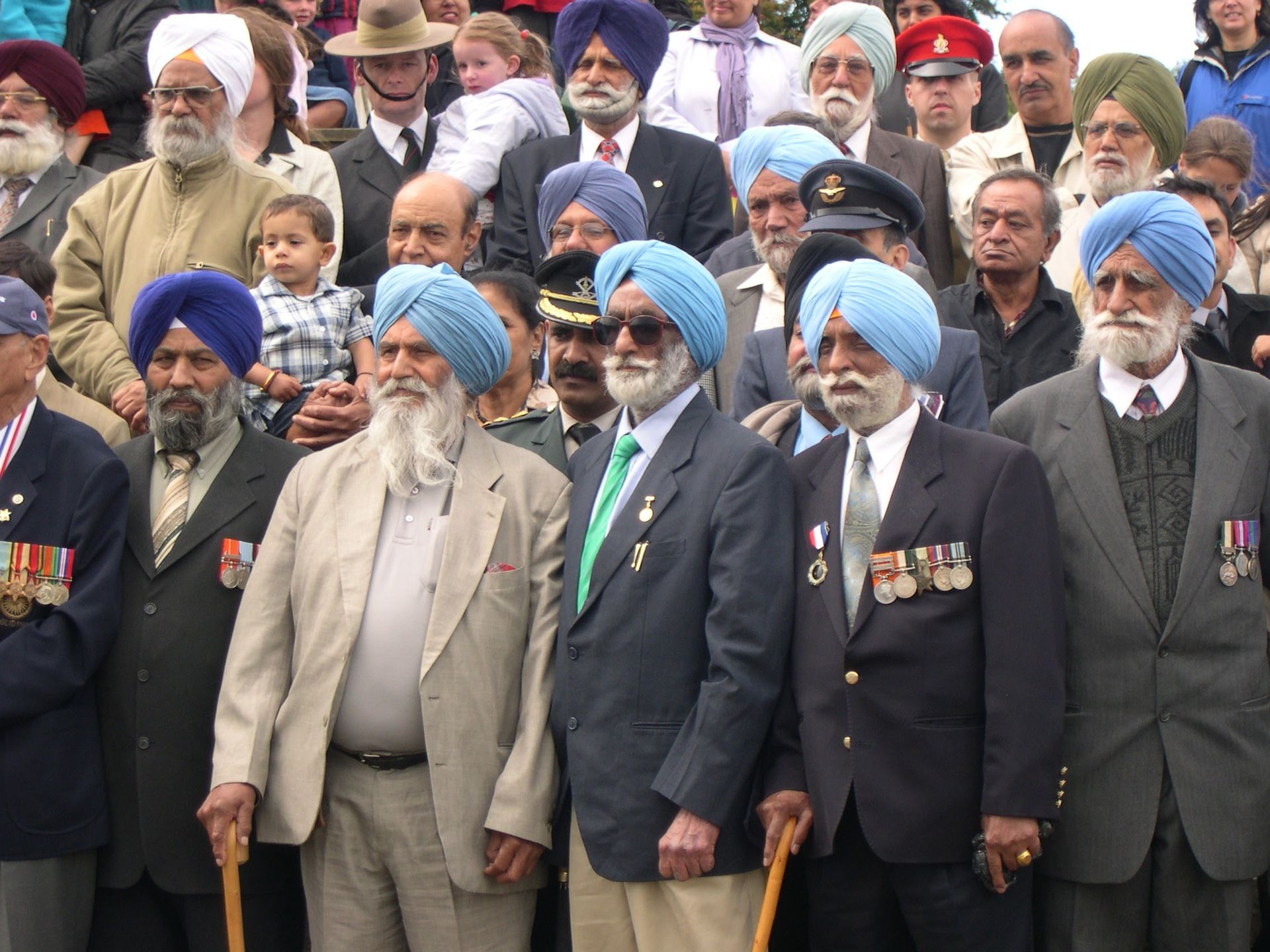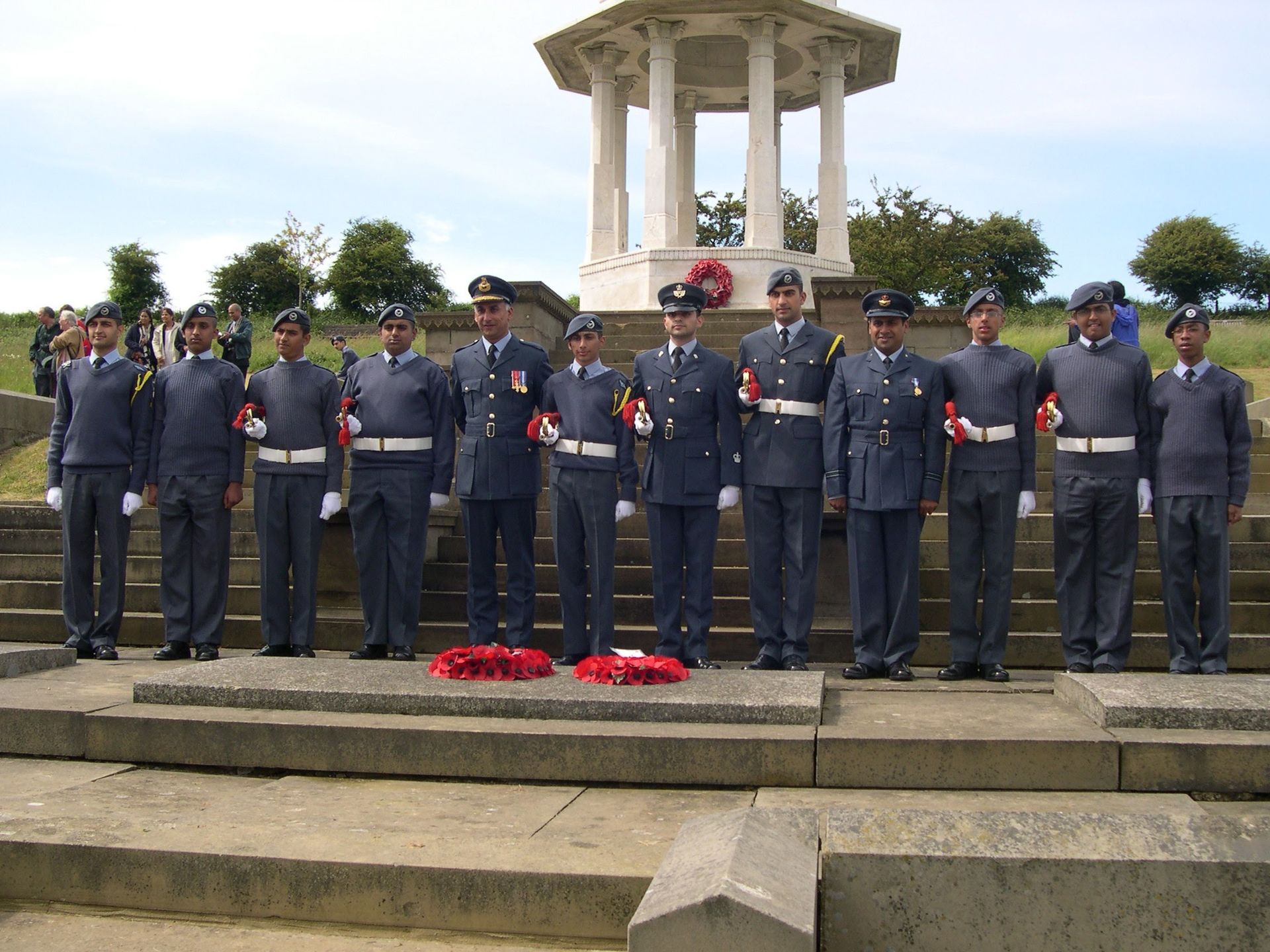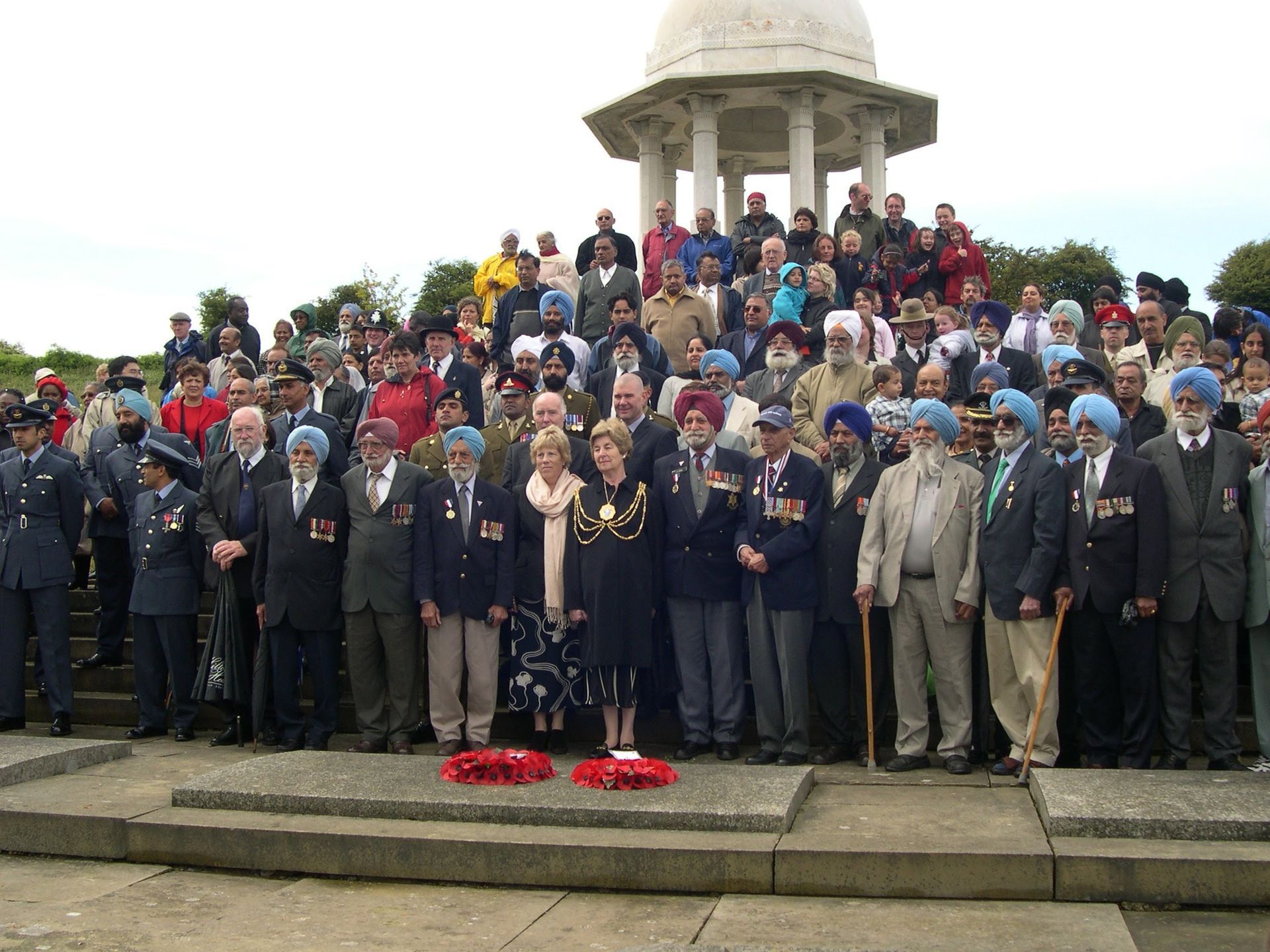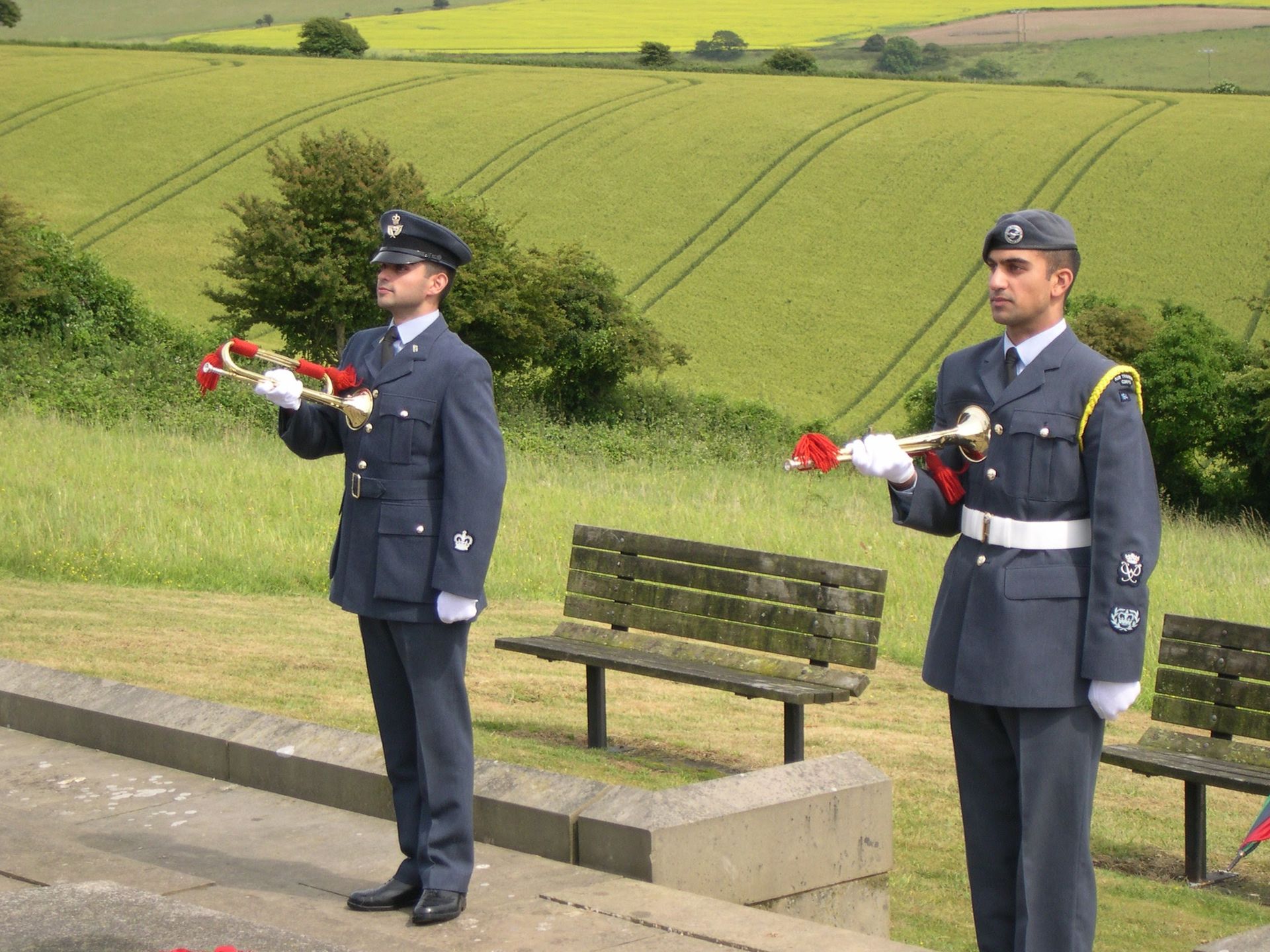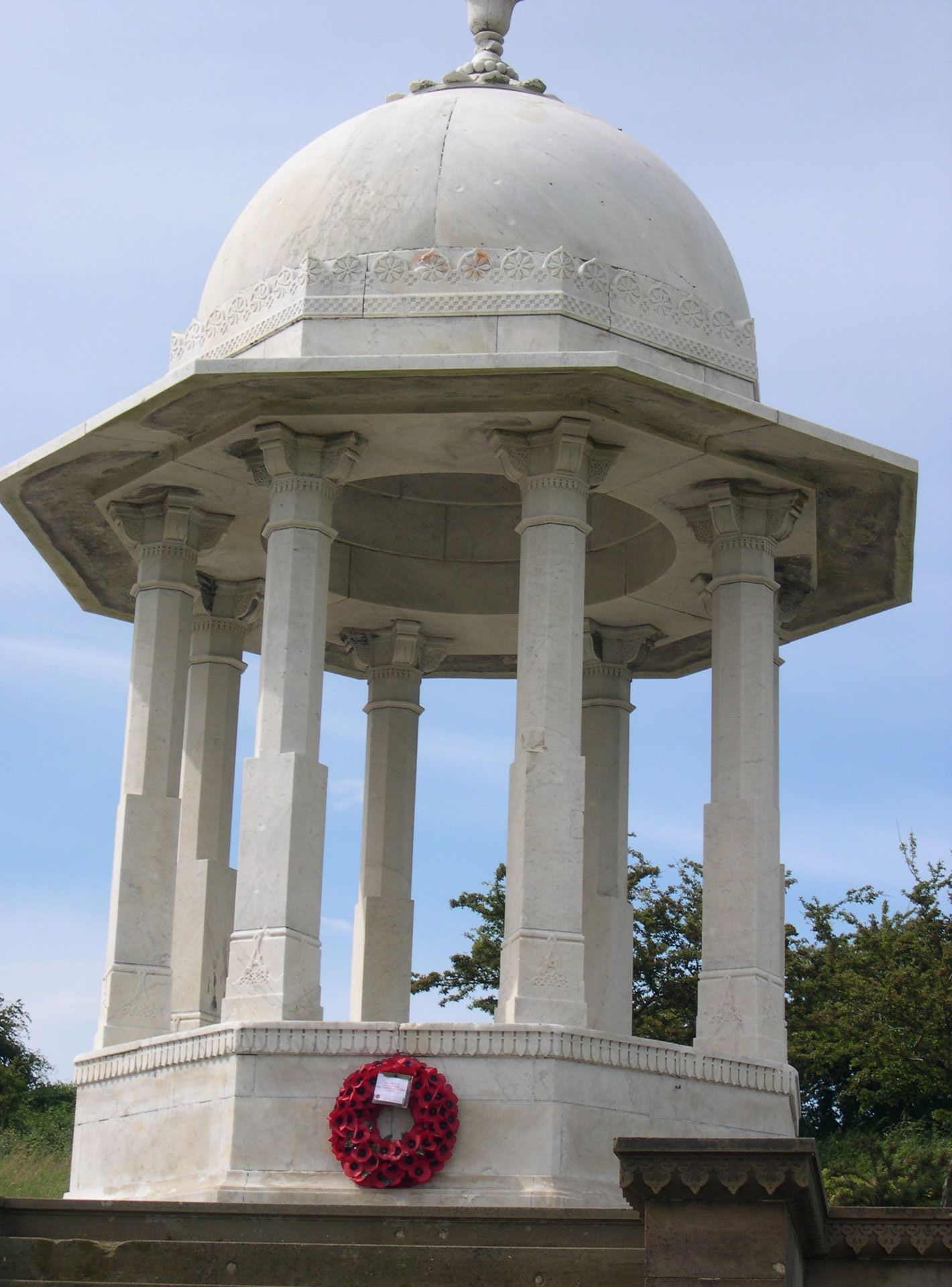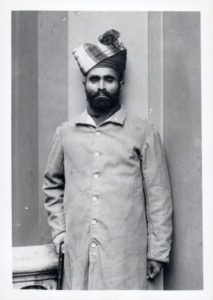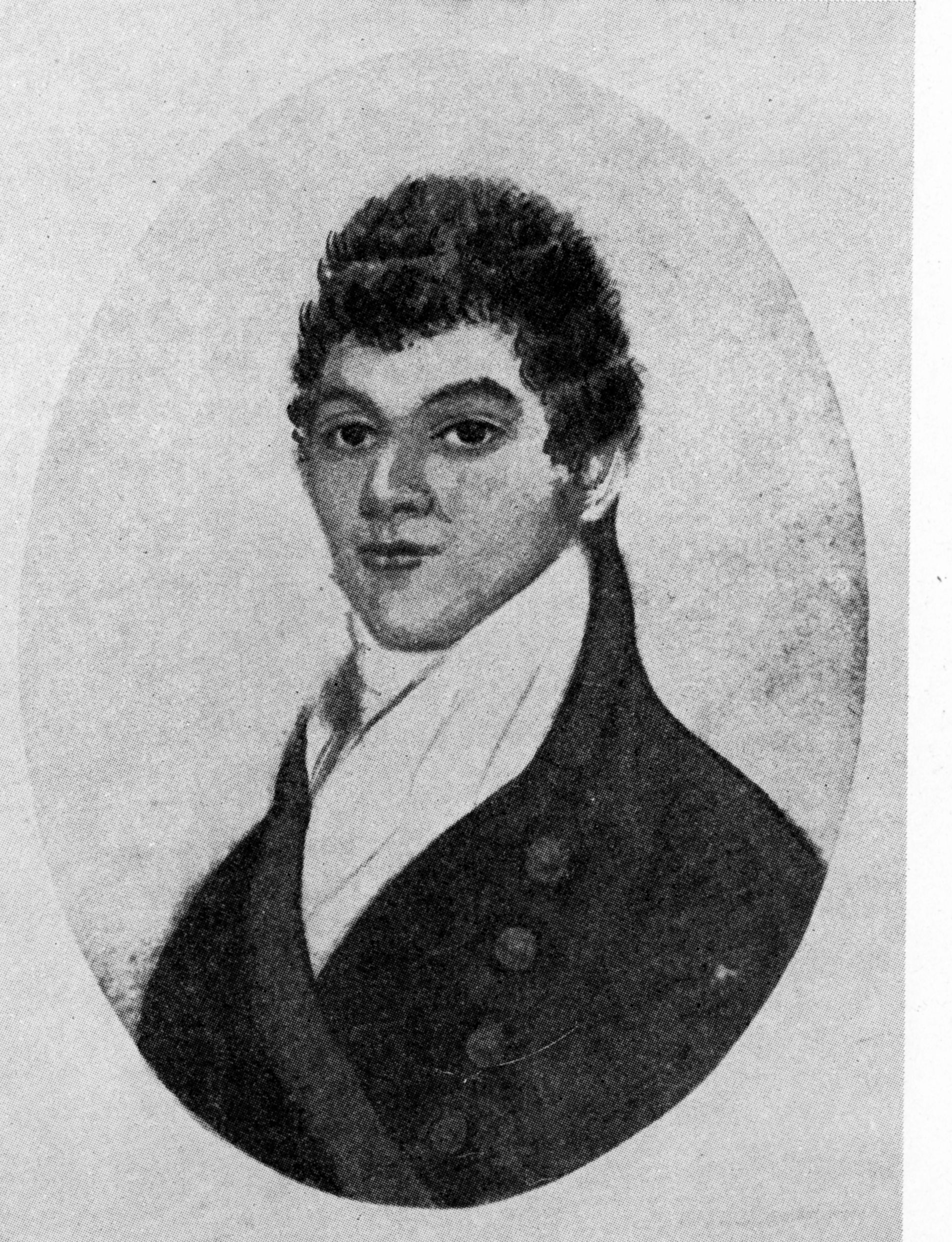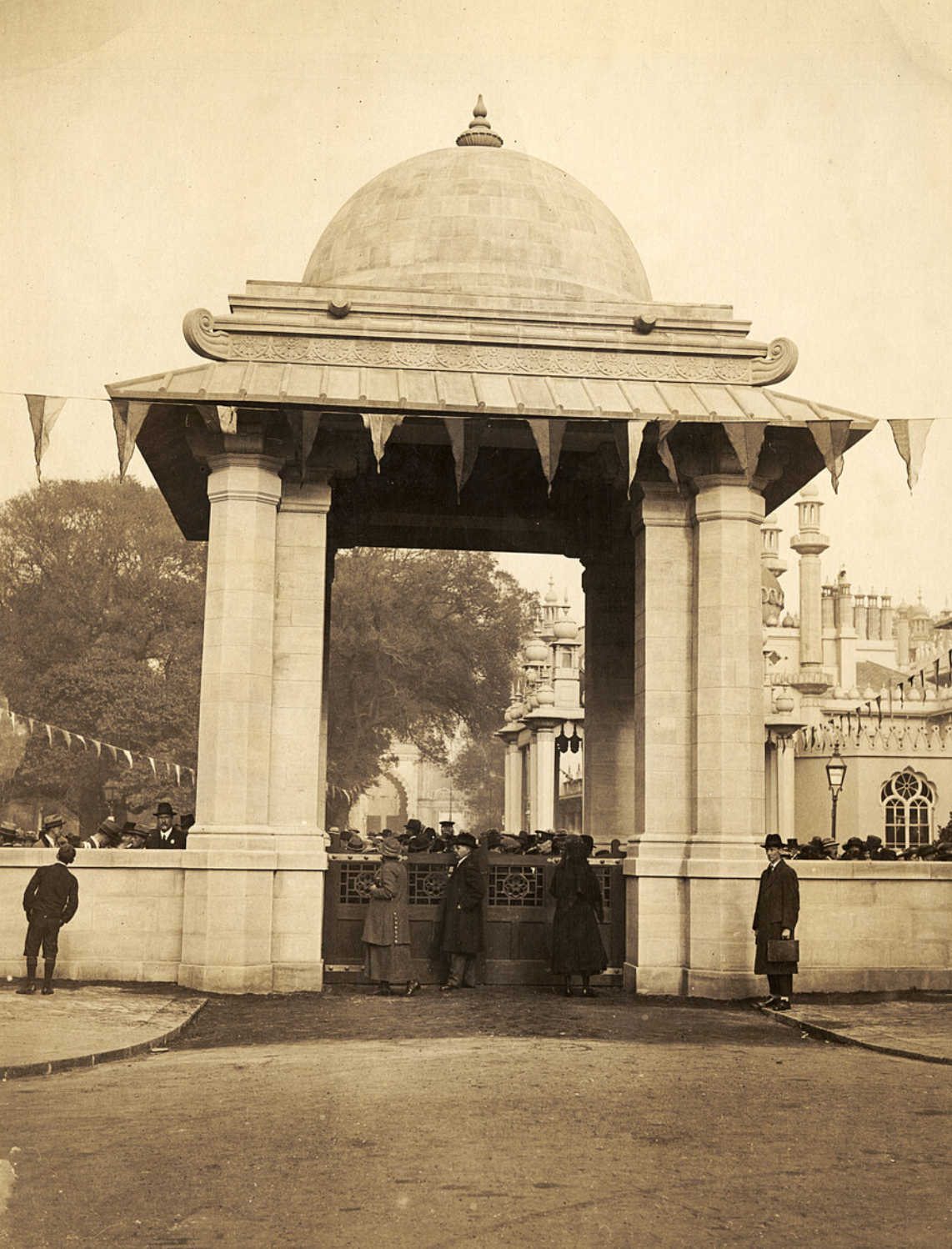Article
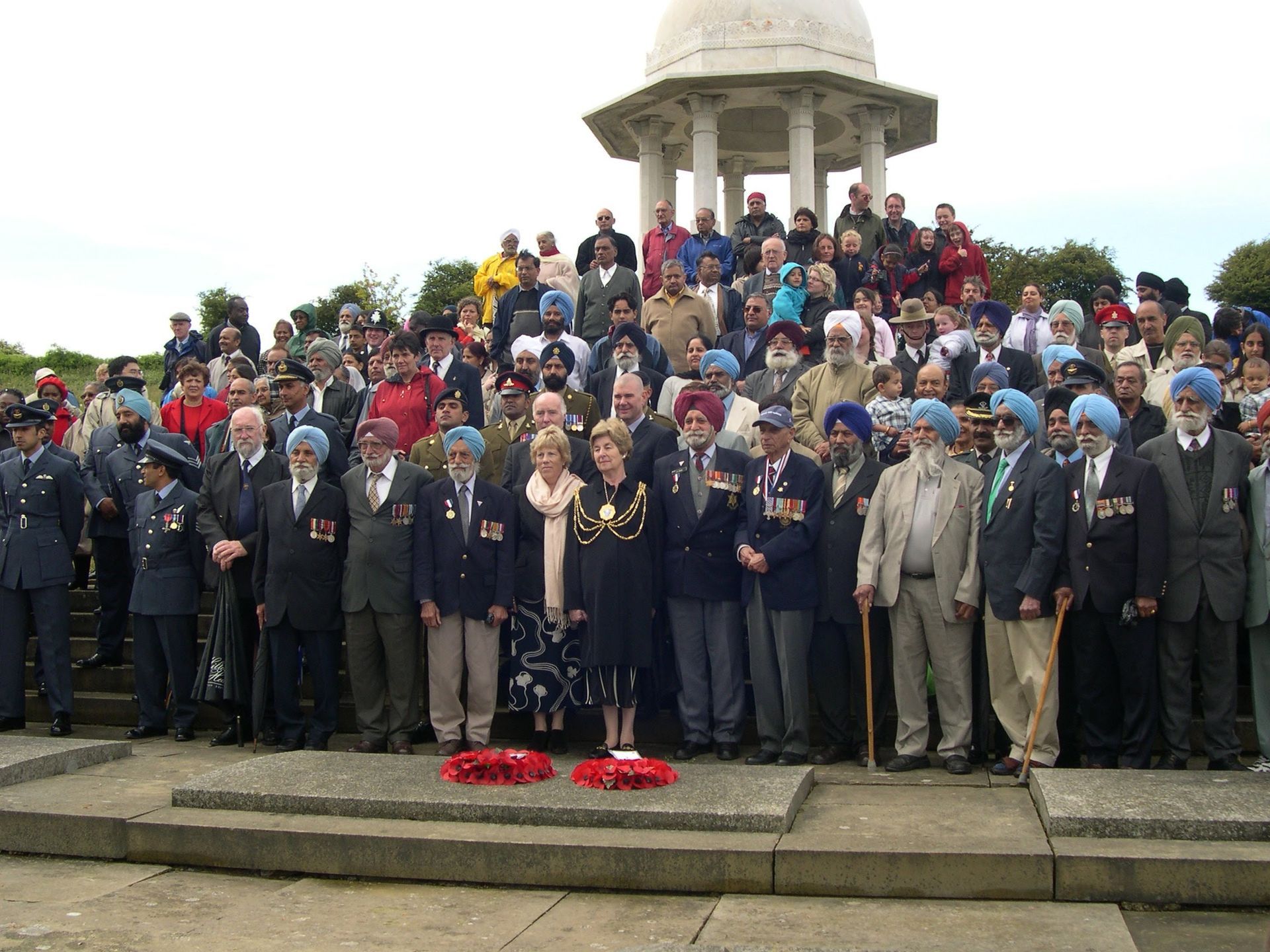
A memorial to remember
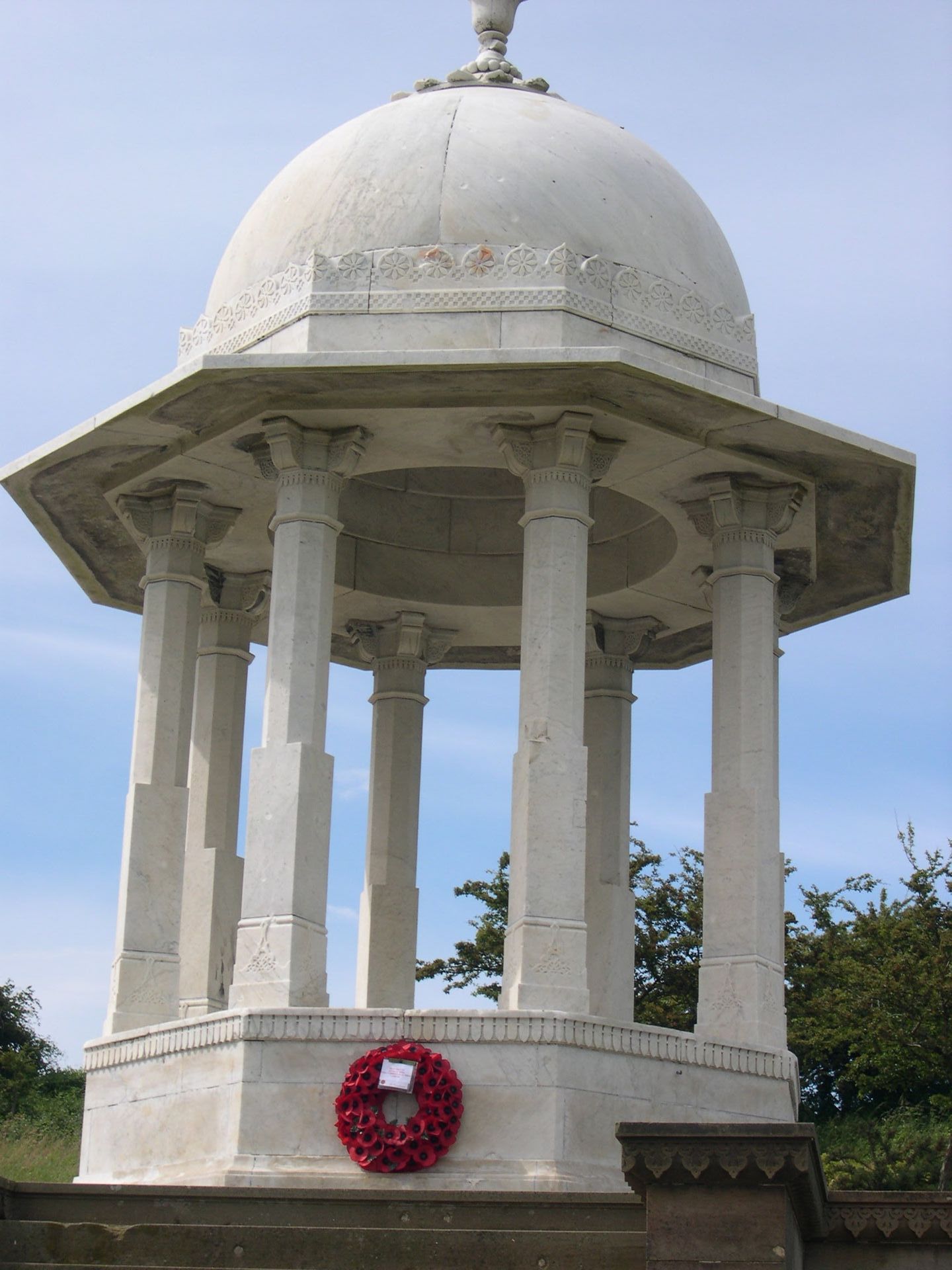
A QUIET SUSSEX HILL WITH A POWERFUL STORY
Up on Patcham Down, just north of Brighton, a white marble dome stands tall. This is the Chattri – which means “umbrella” in Hindi, Punjabi and Urdu. It is a memorial to 53 Hindu and Sikh soldiers from the Indian Army who died after being treated in Brighton’s hospitals during the First World War. They were cremated right here in 1915. The Chattri isn’t just a monument, it represents a lasting connection between Brighton and the Indian subcontinent during the Great War.
FROM THE TRENCHES TO “DOCTOR BRIGHTON”
- Fighting on the Western Front
In 1914 and 1915, over a million soldiers from what was then undivided India fought for Britain. Many were wounded during the harsh first winter of trench warfare in France and Belgium.
- Brighton Becomes a Hospital Town
Brighton’s seaside buildings, including the Royal Pavilion and the Dome, were turned into hospitals to care for these men. Around 12,000 Indian soldiers were treated here between late 1914 and early 1916. Locals began calling the town “Doctor Brighton” in praise of the care given.
- Respect for Beliefs and Traditions
The hospitals made sure soldiers could follow their faiths while recovering. There were separate kitchens, places to pray, interpreters, and even a temporary gurdwara (Sikh temple) set up in a tent.
FAREWELL ON THE DOWNS
When 53 soldiers passed away from their injuries, their wishes were respected:
- Hindu and Sikh soldiers were cremated outdoors on Patcham Down.
- Muslim soldiers were buried at the Shah Jahan Mosque in Woking.
- The ashes from the cremations were scattered in the sea, linking their memory to the land they helped defend.
BUILDING THE CHATTRI MEMORIAL
The idea for a memorial came from an Indian army doctor, Lt Rup Singh Das Gupta, and Brighton’s mayor, Sir John Otter. Famous architect Sir Samuel Swinton Jacob designed it, and young architect E.C. Henriques made the detailed plans.
Materials and Design
The memorial is made from white marble brought from Sicily. Eight columns support a dome, 29 feet high, shaped like a traditional Indian umbrella (or ‘chhatri’) that gives shelter.
Delays and Costs
Work was delayed during the war, but a company in Manchester finished it in 1920. Brighton and the India Office shared the cost, and Brighton agreed to care for the site.
The Inscription
Words carved in English, Hindi and Punjabi dedicate the memorial to “all the Indian soldiers who gave their lives for their King-Emperor in the Great War”.
THE MEMORIAL IS UNVEILED
On 1 February 1921, the Prince of Wales (later King Edward VIII) visited to officially open the Chattri. There were flags, prayers in three languages, and wreaths laid in honour. It was a powerful reminder that the sacrifices made by Indian soldiers would not be forgotten in Britain.
A MEMORIAL THAT LIVES ON
For a long time, the Chattri stood in silence. But since the 1950s, a remembrance service has taken place every June. Veterans, soldiers, local people, and members of Britain’s South Asian communities walk up the hill to:
- Pray in Sikh, Hindu and Christian traditions
- Lay wreaths and observe a two-minute silence
- Share a meal (langar) together afterwards in town
Families like that of Subedar Manta Singh still travel from India to attend, showing that this story is about real people, not just history.
WHY THE CHATTRI STILL MATTERS
Shared History
It reminds us that people from Britain and South Asia fought side by side in the war – something often left out of history books.
Cultural Connection
The Indian-style design in an English landscape shows how different communities came together across race, faith and empire.
Learning and Remembering
Visitors of all ages – including school groups and walkers – come here and learn that bravery, grief and gratitude are shared by everyone.
VISITING THE CHATTRI
The Chattri is in a quiet part of the South Downs National Park (grid ref: TQ 304 091). A half-hour walk uphill from the A27 car park brings you to wide views of the sea and peaceful open land. Benches invite reflection, and signs explain the history.
KEEPING THE MEMORY ALIVE
Whether you visit to remember, to learn, or just to enjoy a country walk, take a moment under the marble dome to read the inscription in three languages. Think of the young men who came from Punjab or Bengal, fought in France, and died on this Sussex hill. Their story links Brighton to South Asia in a “golden chain of memory” that still shines over 100 years later.
